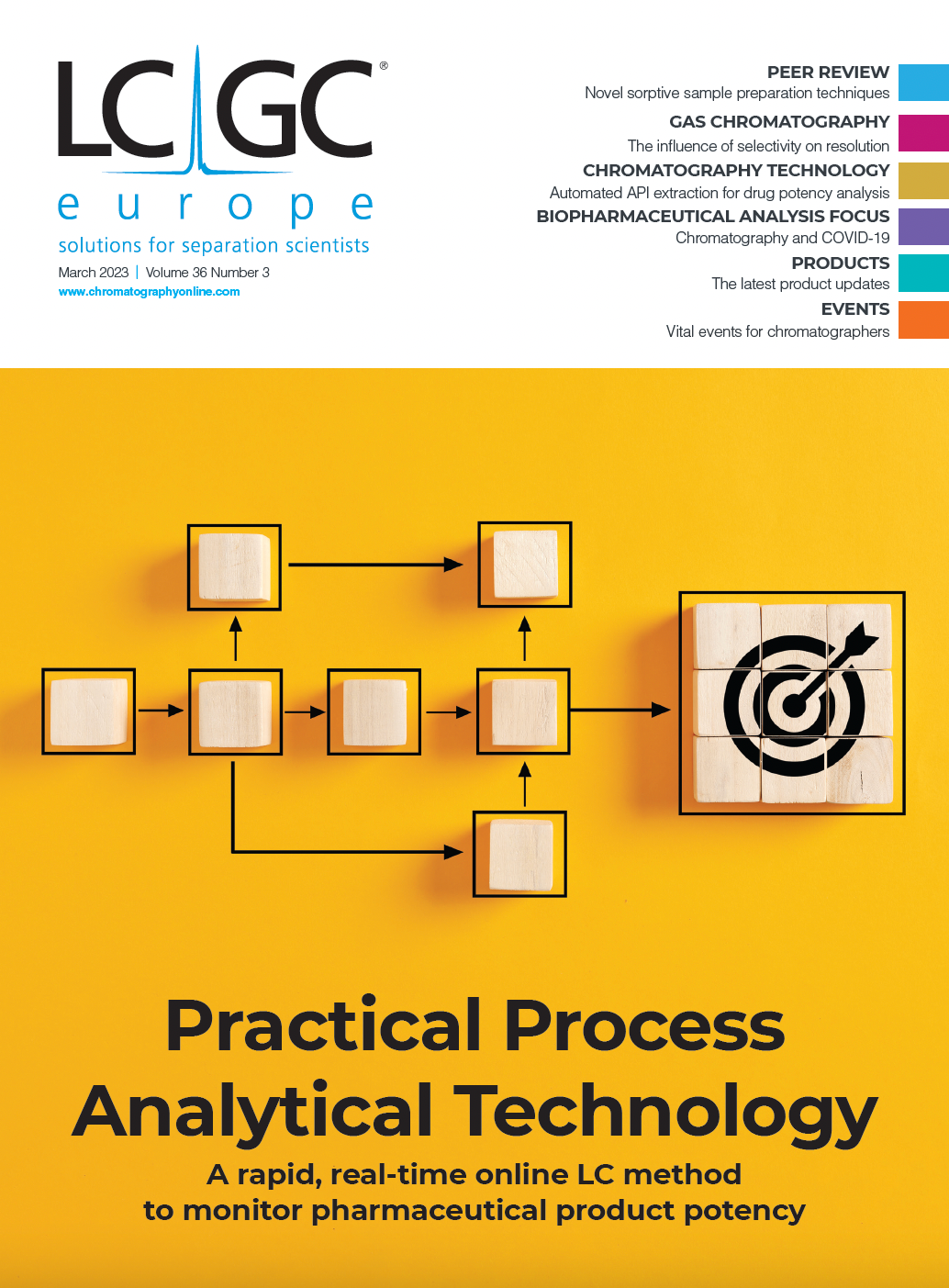Emerging Separations Technologies 2023
The Chromatographic Society and the Separations Science Group of the Analytical Division of the Royal Society of Chemistry are pleased to announce Emerging Separations Technologies 2023 is to be held 24–25 May 2023, at RSC Burlington House, London, UK.
The meeting will provide an insight into the latest innovations in column and instrument technologies through novel application and utilization in life sciences. The agenda will cover a range of highly pertinent topics: Advances in column technologies, vacuum-jacketed column UHPLC technology, novel detectors and device/column formats, multidimensional chromatography, and a range of complex targeted and untargeted analysis (including nitrosamines, biomarkers, environmental/toxicological, and new modalities)...and more!
The meeting will facilitate delegate and exhibitor access to a wide range of scientists, including the presenters: Fabrice Gritti (Waters, USA), David Bell (LCGC Column Watch/Restek, USA), Valentina D’Atri (University of Geneva, Switzerland), Martin Jones (University of Birmingham, UK), Tony Bristow (AstraZeneca, UK), Lewis Couchman (ASI Ltd, UK), and many more! Instrumentation and consumables will be displayed in a supporting exhibition. For more information visit the events page at www.chromsoc.com

New Method Explored for the Detection of CECs in Crops Irrigated with Contaminated Water
April 30th 2025This new study presents a validated QuEChERS–LC-MS/MS method for detecting eight persistent, mobile, and toxic substances in escarole, tomatoes, and tomato leaves irrigated with contaminated water.

.png&w=3840&q=75)

.png&w=3840&q=75)



.png&w=3840&q=75)



.png&w=3840&q=75)









